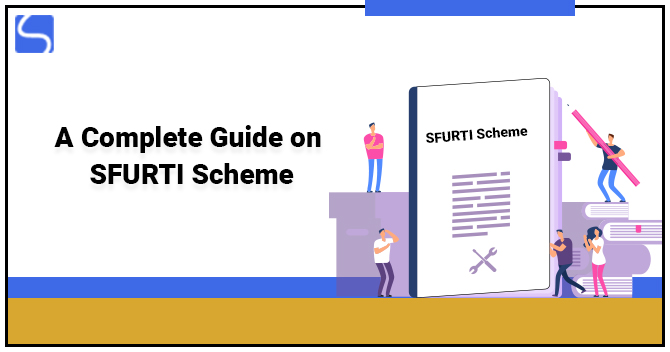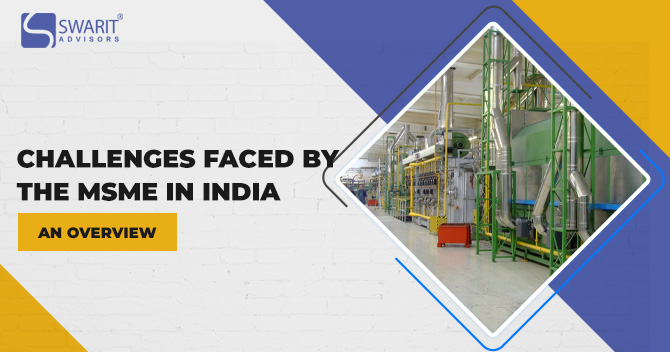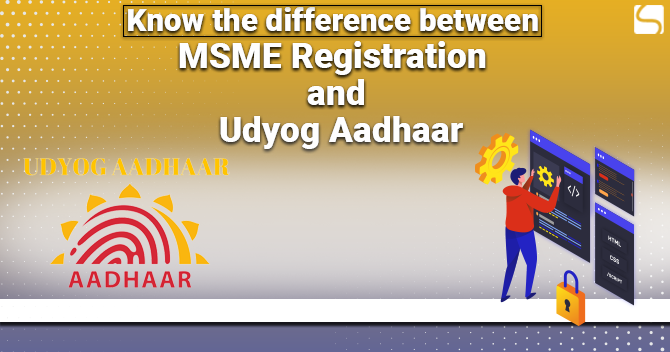A Complete Guide on SFURTI Scheme

Karan Singh | Updated: Jul 30, 2021 | Category: MSME
SFURTI Scheme (Scheme of Fund for Regeneration of Traditional Industries) was launched by the Indian Government and Ministry of MSMEs (Micro, Small and Medium Enterprises) in 2005 to encourage cluster development. Cluster Development shall enable conventional industries to be more productive & profitable. SFURTI plans to establish CFCs (Common Facility Centers) for generating sustained employment opportunities. Various schemes have been combined into SFURTI Scheme since its inception. In this write-up, we discuss this scheme.
Table of Contents
What are the Objectives of the SFURTI Scheme?
Following are the objectives of SFURTI:
- To furnish their support for enhancing employment chances and to increase the marketability of products of such clusters;
- To make provision for developed tools & equipment for artisans;
- To organise the conventional industries and artisans into clusters for better competitiveness;
- To establish the artisans’ skills;
- To look for establishing of multi-product cluster with an integrated value chain & a market-driven approach for the long-term sustainability of the cluster;
- To know and recognise target clients of the cluster, understand their needs & develop & show product lines to fulfil the requirement. An extensive focus should be on the buyer segment;
- To make a great investment in the part of product design & quality improvement. Moreover, to standardise the quality of processes & inputs so that the products may fulfil the quality standards. Proper research should be done to develop new textures to provide the market trends prevailing in the market;
- To furnish continued employment chances for conventional industry artisans and rural entrepreneurs;
- To enhance cluster governance systems with the active participation of stakeholders so that they can gauge the opportunities & challenges and address them;
- To ensure convergence from the design phase;
- To develop precise product lines out of the currently provided diversified basket of varied products based on the knowledge of the target clients. A brand unification operation should be done to maximise the value.
Funding Details of SFURTI Scheme
The financial support to be provided under this scheme by the Government for various projects is subjected to a maximum amount of Rs. 8 crores.
| Types of Clusters | Per Cluster Budget Limit |
| Heritage Clusters (1000 to 2500 artisans) | Rs. 8 crore |
| Major Clusters (500 to 1000 artisans) | Rs. 3 crore |
| Mini Clusters (up to 500 artisans) | Rs. 1 crore |
Eligible Companies that Provide Loans under SFURTI Scheme
- Field functionaries of Central Government and State Governments;
- NGOs (Non-Government Organisations);
- Private sector by establishing cluster-specific SPVs;
- Pris (Panchayat Raj Institutions);
- CSR Foundations;
- Semi-Government Institutions & Institutions of the State and Central Government.
Beneficiaries and Target Sectors: SFURTI Scheme
The possible beneficiaries and target sectors are:
- Co-operatives, SHGs, artisan guilds, consortiums, enterprise associations, etc.;
- Workers, machinery makers, artisans, institutional & private business development service providers;
- Executing agencies, field functionaries of government organisations and policymakers involved in traditional industries.
Criteria for Selection of Clusters
The selection of clusters is based on their geographical concentration, which has to be approx 500 beneficiary families of micro-enterprises or artisans, raw materials suppliers, service providers, traders etc., which is situated within one or two revenue sub-divisions in a district.
The possible growth in employment chances and production generation will be deemed in picking clusters under the SFURTI Scheme[1]. The geographical distribution of clusters in the nation, with a minimum of 10% in the North-East region, shall be kept in knowledge while picking clusters.
Financial Support
The financial assistance for any project will be a maximum of Rs. 8 crores:
- For noteworthy clusters (500 to 1000 artisans), Rs. 3 crores budget limit will be provided;
- In the case of the North-East Region of Jammu & Kashmir and the Hilly States, there would be a 50% reduction in the artisan’s number per cluster;
- For heritage clusters (around 1000 to 2500 artisans), Rs. 8 crores budget limit will be offered;
- In the case of mini-cluster (up to 500 artisans), Rs. 1.50 crores budget limit will be offered.
How to Apply for SFURTI Scheme?
To apply for under this scheme, eligible companies, entities, organisations, or agencies are required to submit the proposal to the KVIC, State Office, and the same is checked at the State Level and Zonal Level before submitting to the Scheme Steering Committee for final consent.
Implementing Agencies
The implementing agencies would consist of NGOs (Non-Governmental Organisations), institutions of the State and Central Governments and Semi-Government Institutions, field functionaries of the State and Central Government, Panchayati Raj Institutions, etc. the proper expertise to undertake cluster development. One IA would be allotted for one cluster unless it is an agency with state-wide coverage. The selection of them would be based on the regional reputation and experience of working at the grass-root levels, shall be made by the Nodal Agencies, considering the clear criteria.
Scheme Interventions
Following are three types of interventions that are covered under the SFURTI Scheme:

- Soft Interventions: This comprises general awareness of the scheme, trust-building, counselling, and motivation. It also delivers skill development of artisans, establishing institutions, capacity building. Other measures taken are exposure visits of artisans, development, and product design.
- Hard Interventions: Set up clusters for numerous products and packaging. Other initiatives consist of raw material banks, common facility centres, technology up-gradation, warehousing facilities, and common facility centres.
- Thematic Interventions: This comprises several clusters in one sector that highlights both national and international markets. These efforts are supported by marketing campaigns, brand building and reaching out to new markets & clients by collaborating with e-commerce websites.
Conclusion
The Fund Scheme for Regeneration of Traditional Industries or the SFURTI Scheme was initiated by the MSME, Government of India in 2005 to encourage cluster development. Various other schemes have been combined into this scheme since its inception.
Read our article:Government Schemes that will Shape the Future of Indian MSME Sector














